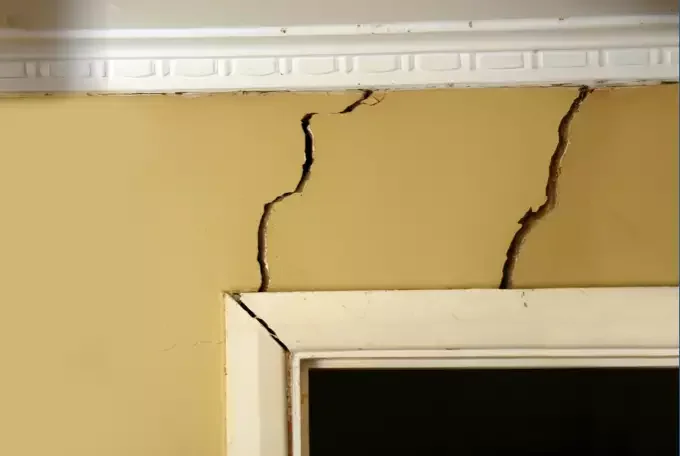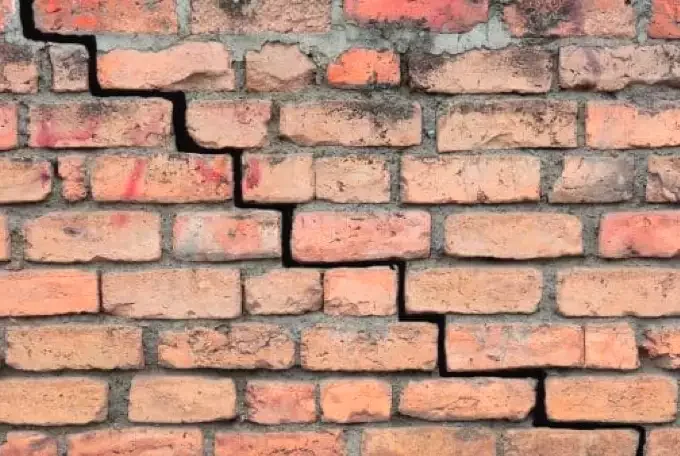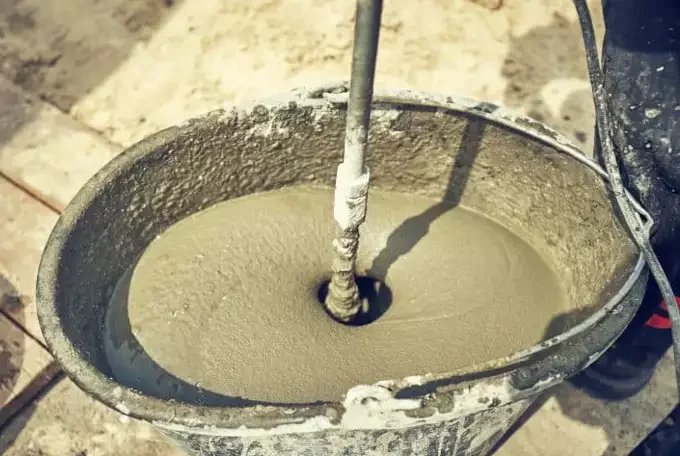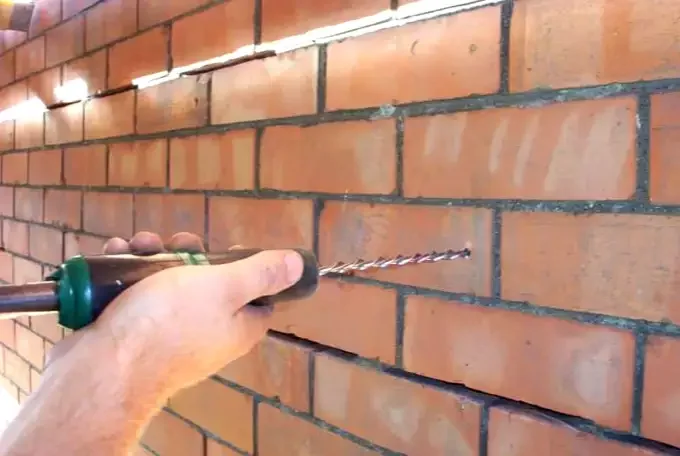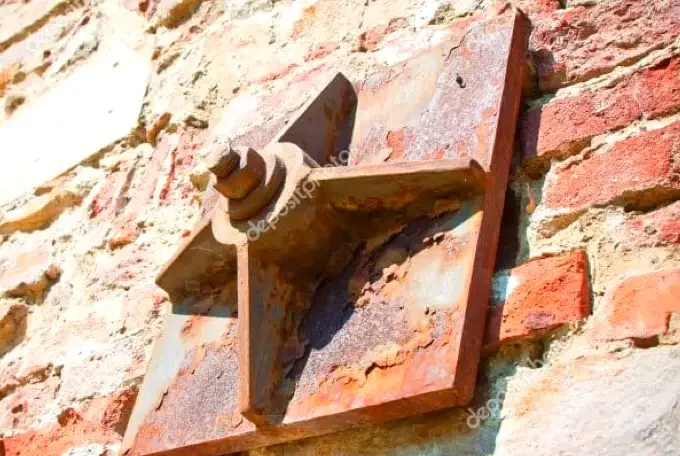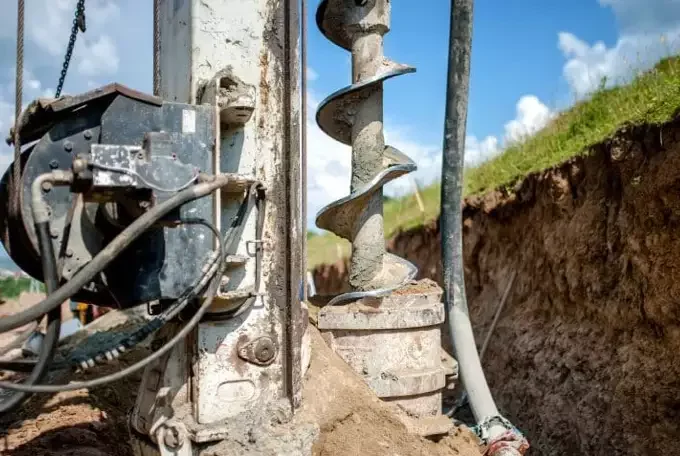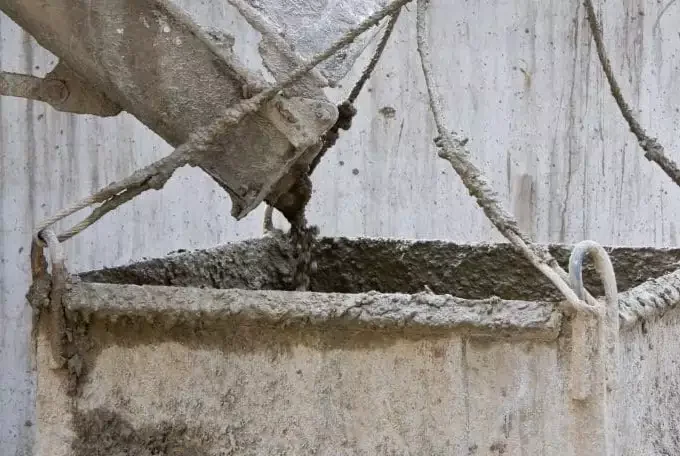Movement Joints London
Protection against seismic activity
Although movement joints are integrated into newer buildings where walls have long spans, many older structures don’t have them and this can lead to cracks appearing in the affected walls. Both physical forces such as loading, seismic activity and traffic vibrations, as well as expansion and contraction from thermal variations, can create a need for a movement joint to be installed in order to prevent damage to a structure.
Movement joints combine a number of techniques to allow for this expansion and contraction and require a detailed survey to establish the correct positioning for the joint. At City Structural, we have extensive experience in ascertaining the proposed load to a wall and then designing and installing appropriate movement joints. It is vital that all potential forces are taken into consideration when designing these types of expansion solutions in order to ensure that the final repair will be sufficient to prevent future problems with movement.
A typical movement joint installation would initially see Helibar stainless steel helical bars installed at regular intervals at the selected location. This restrains the masonry against lateral loads, while plastic debonding sleeves allow the bar to move as the brickwork expands and contracts.
As well as ensuring the structural soundness of the wall, we also know how important it is to retain the aesthetic integrity. The brickwork is carefully cut vertically to the depth of the external skin using a diamond disc cutter. Joint filler is inserted and we ensure that weatherproof external grade sealant is then applied, colour matched to the surrounding brick work, leaving a neat movement joint that will prevent future cracking.



